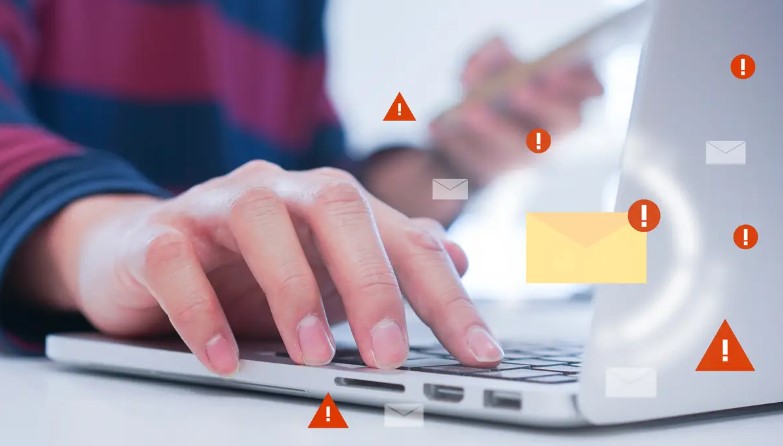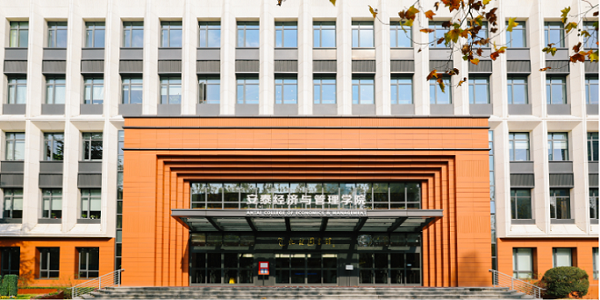Common Windows 10 Update Error and Its Fixes

If you are experiencing a Windows 10 update error, you may have a hardware conflict. You can disconnect any peripheral devices and try unplugging them to resolve this problem. You can also try restarting Windows Update. If none of these solutions work, try restoring your Windows 10 backup. Otherwise, you can try repairing your hardware by reinstalling Windows 10 but when it came to fixing GWXUS, handy solutions are required as per valid edge.
PC Repair Tool
PC repair tools are a great way to fix many common Windows 10 problems. Having the latest version of Windows is important for ensuring your computer’s security and stability. Microsoft regularly releases new updates to address the most common problems encountered by Windows users. Make sure your antivirus and anti-malware software is up to date. By maintaining an updated PC, you’ll be able to address any known Windows 10 issues.
Using the built-in Windows 10 repair tool is great if you’re experiencing a common PC issue, but it can’t fix complicated problems. You should use an independent PC repair tool for these. It can identify common PC problems and fix them automatically. Furthermore, these tools also include tools for optimizing your system, recovering deleted files, updating drivers, and removing duplicate files. Here are a few of the most common errors that Windows 10 update error fixes.
Reinstalling Windows 10
Reinstalling Windows 10 after a common upgrade error and its fixes may not always work. Sometimes, the system’s installer will hang after rebooting and may even hang again when restarted several times. To solve the problem, run the installer through Windows Update. Make sure to run the installer without antivirus software. Otherwise, the installer will fail to install Windows 10 or will hang after it tries to start.
In the event that reinstalling Windows 10 is not working, you can try performing a repair install. This install is also known as an in-place repair. This process will keep your personal files, but you should make a backup of these files before proceeding. If the problem persists even after a clean installation, run System File Scan to detect and fix system errors. If it still persists, you should reinstall Windows 10.
See Also: Top 10 Windows Apps and Software
Unplugging peripherals
A simple solution to the most common Windows 10 update error is unplugging your peripherals. Sometimes a conflict between hardware and drivers prevents the system from receiving a new update. If you have encountered this problem, it is best to remove the peripherals until the problem is fixed. If the problem persists after unplugging peripherals, try restarting your PC or rebooting the updated components. If the above-mentioned methods fail to solve the problem, you can try running Update Troubleshooter. Alternatively, you can visit Microsoft’s update catalog and download updates manually.
If these steps also fail to fix the problem, try re-installing the peripherals. If you haven’t done so, you may be missing or incompatible software. To resolve this problem, uninstall the incompatible software or reinstall the apps. Some peripherals may cause this problem, so unplugging them may be the only solution. If you cannot find the culprit, you may need to reboot the computer more frequently.
Restarting Windows Update
There are some ways to fix the most common Windows 10 update errors. First, try restarting your computer. If you’ve had this problem before, restarting your computer should resolve the issue. The next step is to disconnect any peripheral devices that may be interfering with the update process. Lastly, restoring a previous backup of Windows 10 is a good option in the case of a failed Windows 10 update.
Another option is to disable automatic updates from running on your computer. To disable automatic updates, select Startup Type > Disabled. To stop the service, click Disabled and restart your PC. It may happen that it takes some time, but if you do it right, Windows Update will complete successfully. This is a common error that may occur with any Windows update. Therefore, it is best to run a professional malware scanner.




